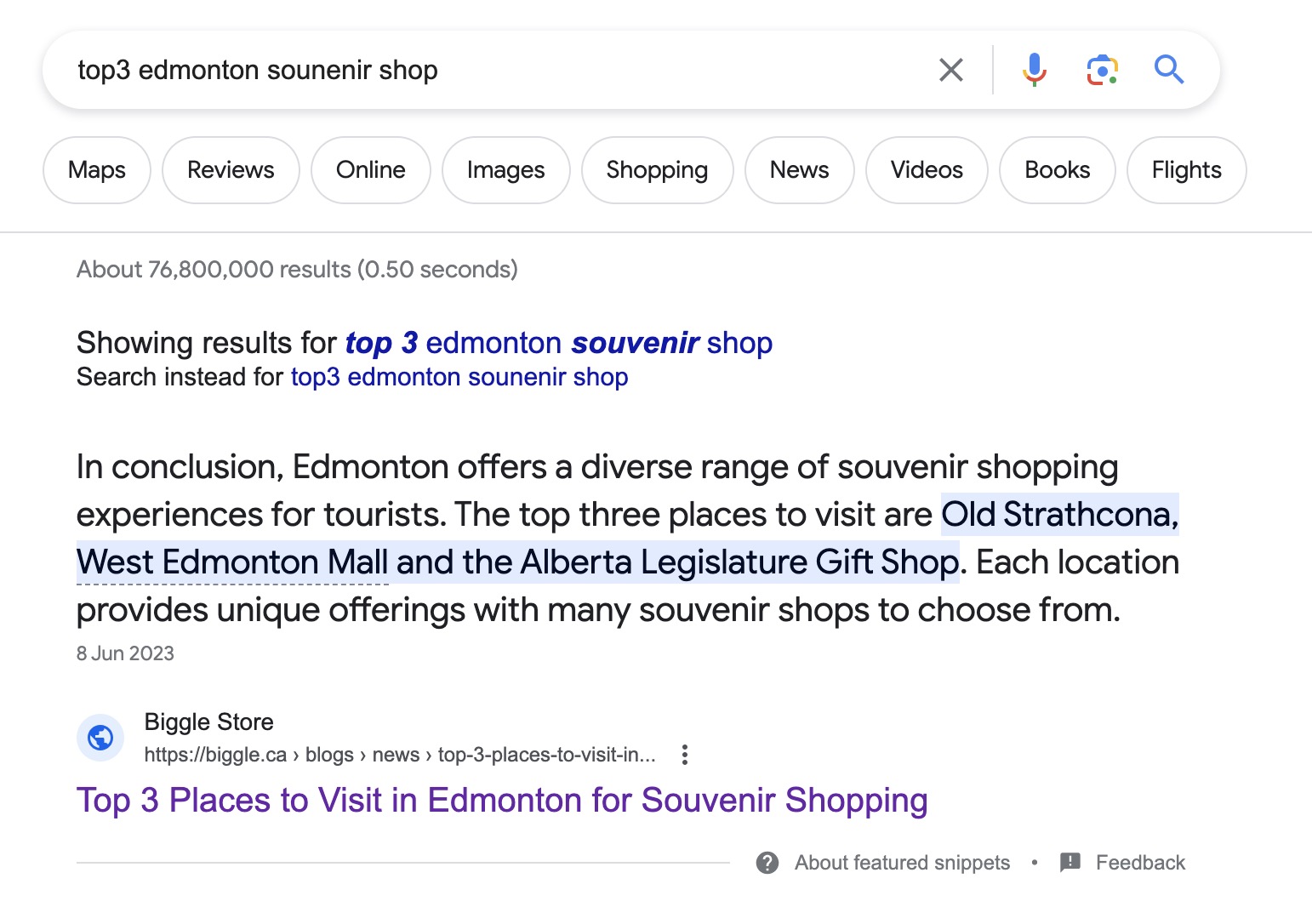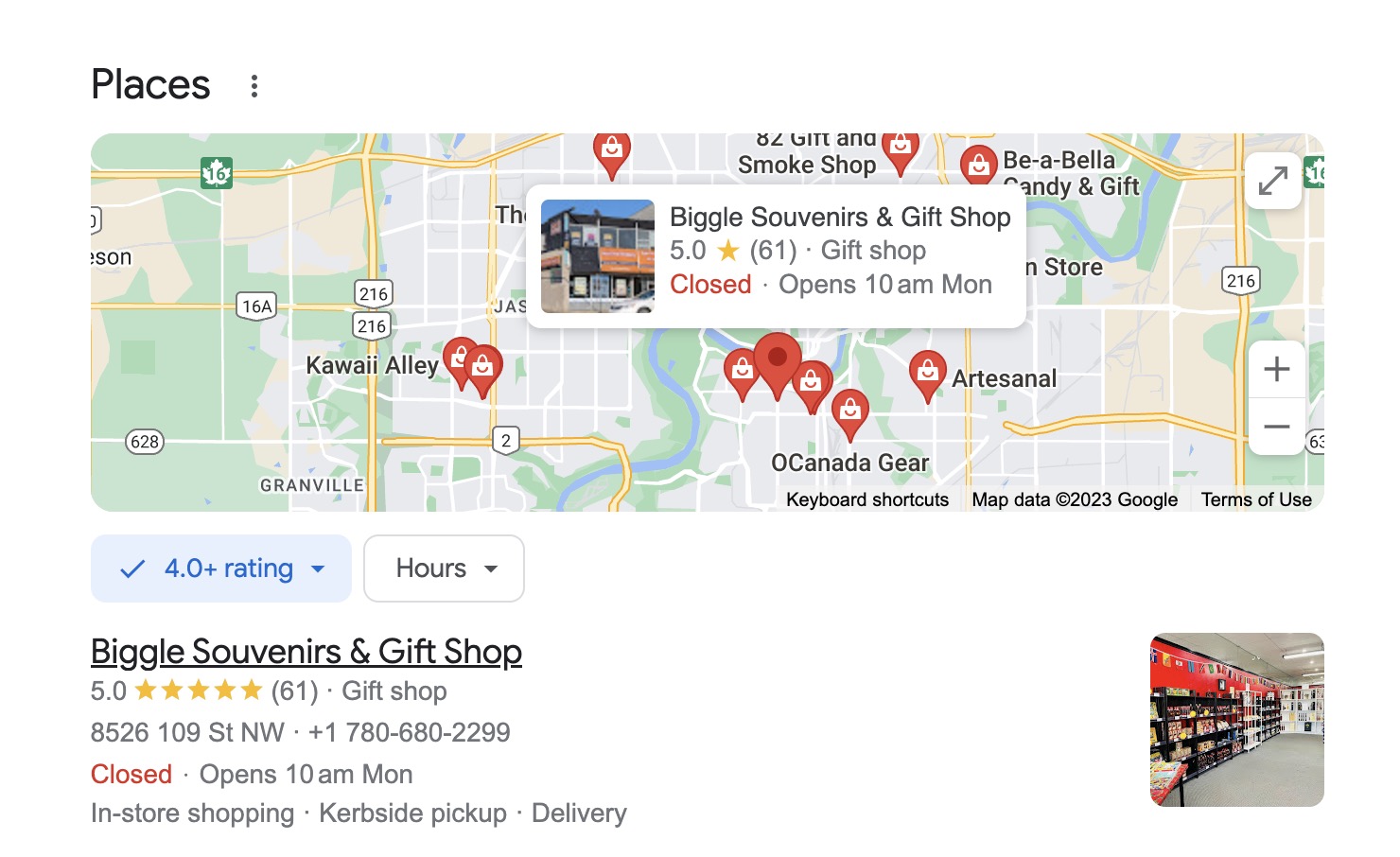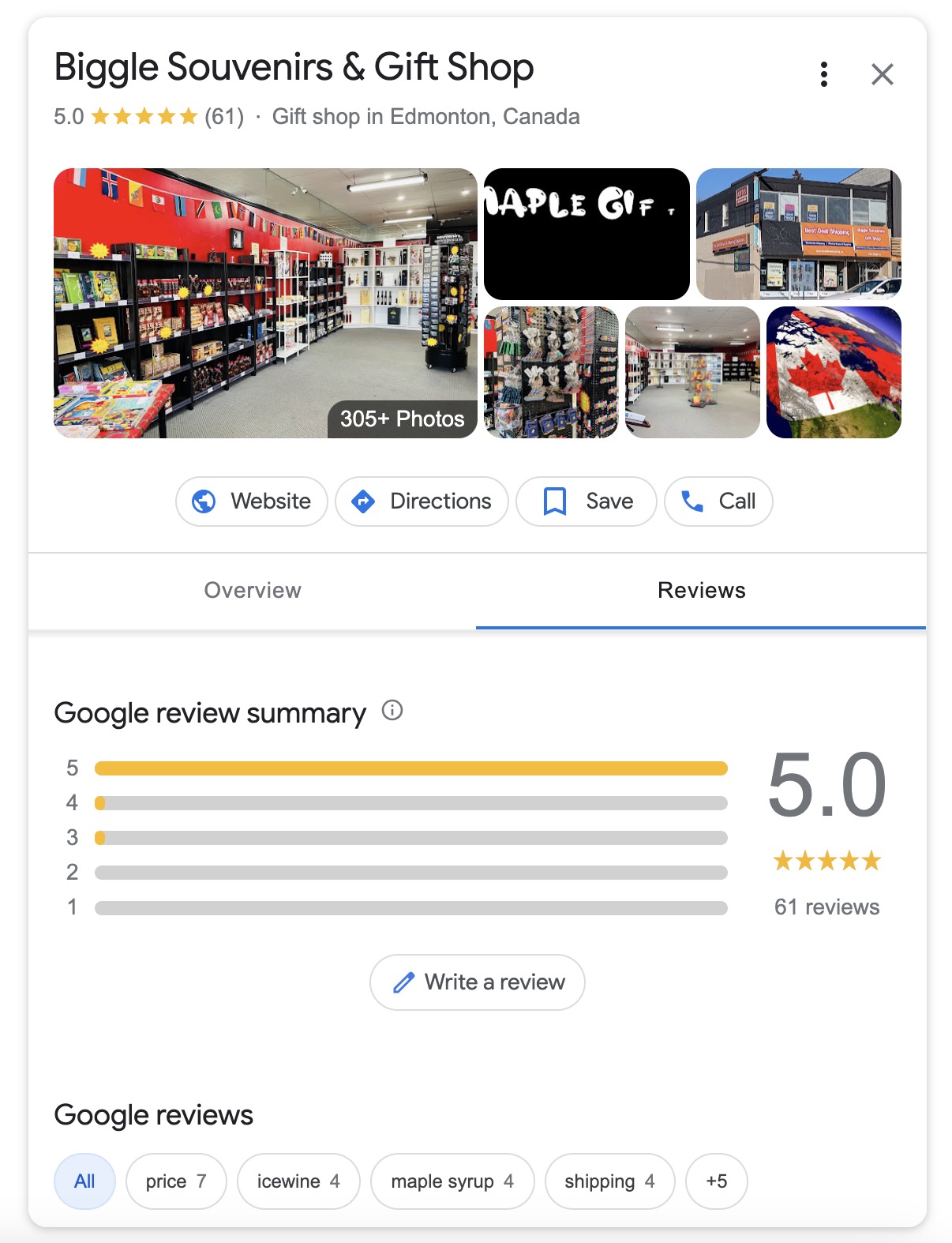How to Use Local SEO to Boost Your Shopify Sales
Introduction
In today's digital age, having an online presence is crucial for any business, especially for those who operate on Shopify. However, with so many businesses competing for attention online, it can be challenging to stand out and reach your target audience. This is where LocalSEO comes in. By optimizing your Shopify store for LocalSEO, you can increase visibility to nearby customers and boost sales. With the rise of mobile search and the increasing use of "near me" searches, it's more important than ever to ensure that your business appears in local search results. In this blog post, we'll provide a step-by-step guide on how to optimize your Shopify store for LocalSEO and increase your visibility to nearby customers. By following our recommendations, you'll be able to attract more local customers and grow your business.
Optimizing Your Shopify Store for LocalSEO
Optimizing your Shopify store for LocalSEO is an essential step towards increasing visibility to nearby customers and boosting sales. By targeting local keywords, you can ensure that your store appears in search results when potential customers are looking for products or services in their area. Here's how you can optimize your Shopify store for LocalSEO:
Adding Location-Based Keywords to Your Meta Tags and Content
The first step towards optimizing your Shopify store for LocalSEO is to add location-based keywords to your meta tags and content. Location-based keywords are phrases that include the name of your city, state, or region. For example, if you own a shoe store in New York City, you might use keywords like "New York City shoes" or "NYC shoe store."
To add location-based keywords to your meta tags and content, start by conducting keyword research. Use tools like Google Keyword Planner or SEMrush to find relevant keywords that people are searching for in your area. Once you have a list of keywords, incorporate them into your meta tags and content.
When adding location-based keywords to your meta tags, make sure they appear in the title tag and description tag. The title tag should include the name of your business and the location you serve. For example, "John's Shoe Store - Best Shoes in New York City." The description tag should provide a brief overview of what customers can expect from your business.
In addition to adding location-based keywords to your meta tags, it's important to incorporate them into your website content as well. This includes product descriptions, category pages, and blog posts. However, be careful not to overuse these keywords as it may lead to keyword stuffing which is frowned upon by search engines.
One way to ensure that you're using location-based keywords effectively is by utilizing AI-powered tools like Frase.io or Clearscope.io that help analyze competitors' content and provide suggestions on how best you can optimize yours.
One of our customers, located in Edmonton, Canada, is in the gift business.They generated LocalSEO content using the "generate blog page from url" feature in QuickCreator. QuickCreator automatically associate the words "Edmonton" and "sounenir shop", and the SERP directly rank first.

Creating a Shopify Blog or Landing Page
Creating a blog or landing page on Shopify is another effective way of optimizing your store for LocalSEO. A blog provides an opportunity for you to create valuable content around local topics related to your business. This could include things like local events or news stories that relate back to what you sell.
When creating a blog post or landing page focused on local topics, make sure you use location-based keywords throughout the content. This will help improve its relevance for local searches while also providing valuable information for potential customers in the area.
It's also important to make sure that any blog posts or landing pages are optimized with appropriate headers (H1-H6) so that search engines understand what the page is about more easily.
Offering Local Promotions and Discounts
Offering local promotions and discounts is another effective way of optimizing your Shopify store for LocalSEO. By offering deals specific to customers in a particular area, you can increase foot traffic both online and offline.

For example, if you run a restaurant in Los Angeles, California - consider running promotions such as “10% off all orders made within 5 miles” - this will encourage those who live nearby but haven't visited before because they feel they live too far away from coming out!
When creating promotions specific to different areas make sure that these offers are advertised prominently on both website banners as well as social media platforms such as Facebook Ads Manager where businesses can target users based on their geographic locations.
Encouraging Local Reviews and Responding To Them
Encouraging local reviews is another great way of optimizing your Shopify store for LocalSEO - positive reviews from satisfied customers act as social proof which helps build trust with potential new clients who visit either online or offline storefronts!
To encourage reviews from satisfied customers consider sending follow-up emails after purchases asking them about their experience shopping at the store; this will help boost customer engagement rates which ultimately leads more people leaving positive feedback!

Responding promptly & professionally when negative feedback arises shows other potential buyers reading through reviews that there’s an actual human behind the brand who cares about their reputation enough not just let bad experiences go unnoticed but rather taking steps towards rectifying things so everyone walks away happy!
How LocalSEO Can Increase Your Visibility to Nearby Customers
LocalSEO is a powerful tool for increasing visibility to nearby customers, which can ultimately lead to increased sales for your Shopify store. By optimizing your website and content for location-based keywords and implementing local strategies, you can attract more potential customers in your area.
One successful LocalSEO strategy is to create location-based landing pages or blog posts on your Shopify store. These pages should contain relevant information about your business, such as hours of operation and contact information, as well as targeted keywords related to your location and products or services. By including these keywords in the meta tags and content of these pages, you can increase the likelihood that they will appear in search results when users search for businesses like yours in their area.
Another effective way to boost visibility with LocalSEO is by offering local promotions and discounts. This not only attracts new customers but also encourages repeat business from existing ones. For example, you could offer a discount code for first-time customers who live within a certain radius of your business or create a loyalty program that rewards frequent shoppers with exclusive deals.
Encouraging local reviews is another important aspect of LocalSEO that can help increase visibility and build trust with potential customers. Positive reviews from satisfied customers can go a long way in convincing others to choose your business over competitors. Responding promptly and professionally to both positive and negative reviews shows that you value customer feedback and are committed to providing excellent service.
Conclusion
In conclusion, optimizing your Shopify store for LocalSEO is a powerful strategy that can help increase visibility to nearby customers and boost your sales. By incorporating location-based keywords into your meta tags and content, creating a Shopify blog or landing page, offering local promotions and discounts, and encouraging local reviews, you can ensure that your store is easily discoverable by potential customers in your area.
Moreover, implementing LocalSEO strategies not only helps increase sales but also builds trust with your customers. When they see that you are actively engaging with the local community through promotions and reviews, they are more likely to view your brand as authentic and trustworthy. This can lead to long-term customer loyalty and repeat business.
In today's competitive e-commerce landscape, it's essential to take advantage of every opportunity to stand out from the crowd. By optimizing your Shopify store for LocalSEO, you can tap into a valuable source of nearby customers who are already interested in what you have to offer. So don't hesitate - start implementing these strategies today and watch as your sales soar!
See Also
Maximizing Your Review Title with AI Technology
Optimizing Shopify with SEO: A Comprehensive Guide
Content Marketing vs Blogging: A Guide to Combining Strategies

